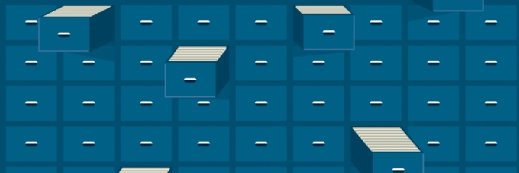Misconceptions about using a single platform for backup and archive
Brien Posey discusses how backup and archive can be accomplished using a single software platform today and common misconceptions about this approach.
We've heard for years that backup and archive are not the same thing, but now some of the major backup software vendors are offering archiving options or even "single-scan" backup and archiving. How does that work, and are there any common misconceptions about that approach?
Misconceptions about converged backup and archiving solutions often stem from vendors' early attempts at offering such products. Some earlier products weren't really converged solutions at all. Instead, vendors offered complementary backup and archiving products, but each product tended to deal with data independently.
Modern backup and archiving convergence is based around the idea that the only way to truly get a handle on backing up and archiving large quantities of data is to take a global approach to retention policies and storage.
Rather than creating a backup data store and an archive data store, true converged backup and archive products make use of a single store. This store typically spans storage tiers. Doing so offers a number of benefits.
First, each piece of data is scanned and indexed once. After data is indexed, it becomes possible for a policy-driven mechanism within the software to move the data to the appropriate storage tier. For instance, fresh data that is being backed up might reside on primary storage, whereas archived data might be moved to less expensive storage.
Another benefit to this approach is that because a single store is used for backup and archived data, there are no data silos. This means that global deduplication can occur across backups and archives, thereby reducing storage costs. More importantly, when a retention policy states that it is time for a file to be deleted, that file can also be purged from backup and archives.








